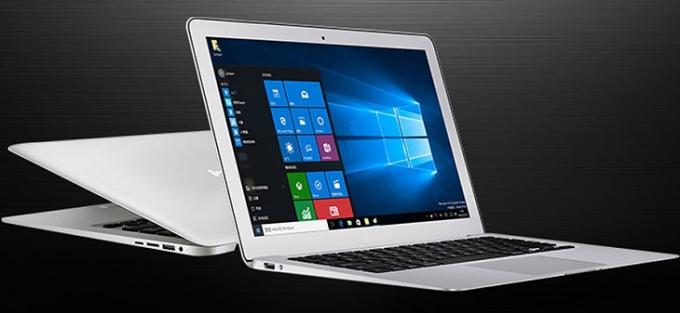Recently, Apple announced that it was curtailing work on routers, and, as a result, the cessation of sales of Time Capsule - a convenient home router with its own storage, which can be turned into a universal backup and cloud server.
But it can be replaced with the help of Xiaomi and its Mi R1D router with support for dual-band Wi-Fi 802.11ac and a built-in 1 TB hard drive.

Design and delivery

The router is supplied as a fairly simple set. The delivery set is traditional - it is supplemented only by a power supply and a couple of leaflets in Chinese.

But the appearance forces us to put the Mi R1D on a par with the best design developments from Cupertino.


Matte black housing for vertical installation, elegant slots to mask ventilation holes, small signal LED and a single panel of connectors on the rear wall with three gigabit ports and USB for external flash drives and Winchesters. Nothing superfluous - everything is as assembled as possible, neat and stylish.

And under the top glossy cover there is an NFC module hidden for instant connection and backup of the smartphone’s contents to the built-in hard drive.
Performance
The only collapsible part of the device is the bottom cover. Hidden underneath is a 1 TB hard drive bay made by Samsung, and the drive itself.
The Mi R1D is equipped with the Broadcom BCM4709 solution, quite well known to networkers, with two ARM cores and an additional packet core. The amount of RAM is 256 MB, permanent flash memory is 16 MB in size. And this is not enough for firmware - only partially. Without a hard drive with built-in firmware, the router does not boot and does not work. (By the way, you can connect a 2.5-inch hard drive to USB without additional power).
The radio signal is broadcast by 2 independent blocks - one for the 2.4 GHz range, the second for 5 GHz. Accordingly, the maximum operating speed of each is 300 Mbit/s and 867 Mbit/s, respectively. Unfortunately, there is only 1 LAN port - but, unlike younger routers, it is gigabit. There are 2 more connectors for connecting other twisted-pair devices to the router.

There is only one printed circuit board in Mi R1D. It has double-sided installation and is fixed vertically in special grooves. Additionally, a metal frame is used to increase the strength of the structure and organize space for the hard drive.
The router is actively cooled - there is a quiet fan installed inside that works only for the processor. However, the disk itself heats up no more than 50 degrees, which is normal for active work. But the processor, even with cooling turned on to maximum, can reach 80 degrees.
Software
The official firmware of Xiaomi Mi R1D only has Chinese language. Therefore, together with our development team, we offer customers a model with an operating system adapted for the Russian market: more familiar and simpler.
When you turn it on for the first time, it will prompt you to name the device and enter account information for the PPPoE protocol. Further configuration is done manually.
The main interface window offers information, including information about the hard drive; as well as traffic usage graphs, system resource usage and download distribution.
The main page provides information about the device, including firmware version, hard drive capacity, graphical display of current traffic exchange and processor load, distribution of loaded data by clients. The top line contains links to the manufacturer's website, forum and client download page.
Subsequent tabs allow you to get acquainted with clients, set up access rules for each of them, or even disable the Internet for any user. Basic settings of the router itself allow you to work with a WAN with IPoE, configure wireless network settings and use PPTP/L2TP. Which, however, as with all network devices, does not work with all Russian providers. Although PPoE is like clockwork. For automatic port forwarding there is support for the UPnP protocol.
The router can be linked to a Xiaomi Mi account: this is required to implement remote access, create backup copies of settings, and use a desktop torrent client for Windows and Mac. And, of course, to connect the router with a smartphone application.
Unfortunately, there is no support for working with FTP in the basic version of the firmware based on OpenWRT. Features that work include Samba/CIFS and AFP, including running as a TimeMachine server. Of course, there is full DLNA support for working with your own drive and third-party sources on the network. There is no print server as such - when working with an MFP via a USB port. When connected to Wi-Fi, the test printer works great as a network device.
Results
At the moment, Xiaomi Mi R1D is a serious competitor to most similar devices, including Apple Time Capsule and portable network Wi-Fi drives. Plus, it's the only device on the market that comes with a 1TB hard drive for just $98.99 (with coupon XiaoMi1TR).
We must take it!


